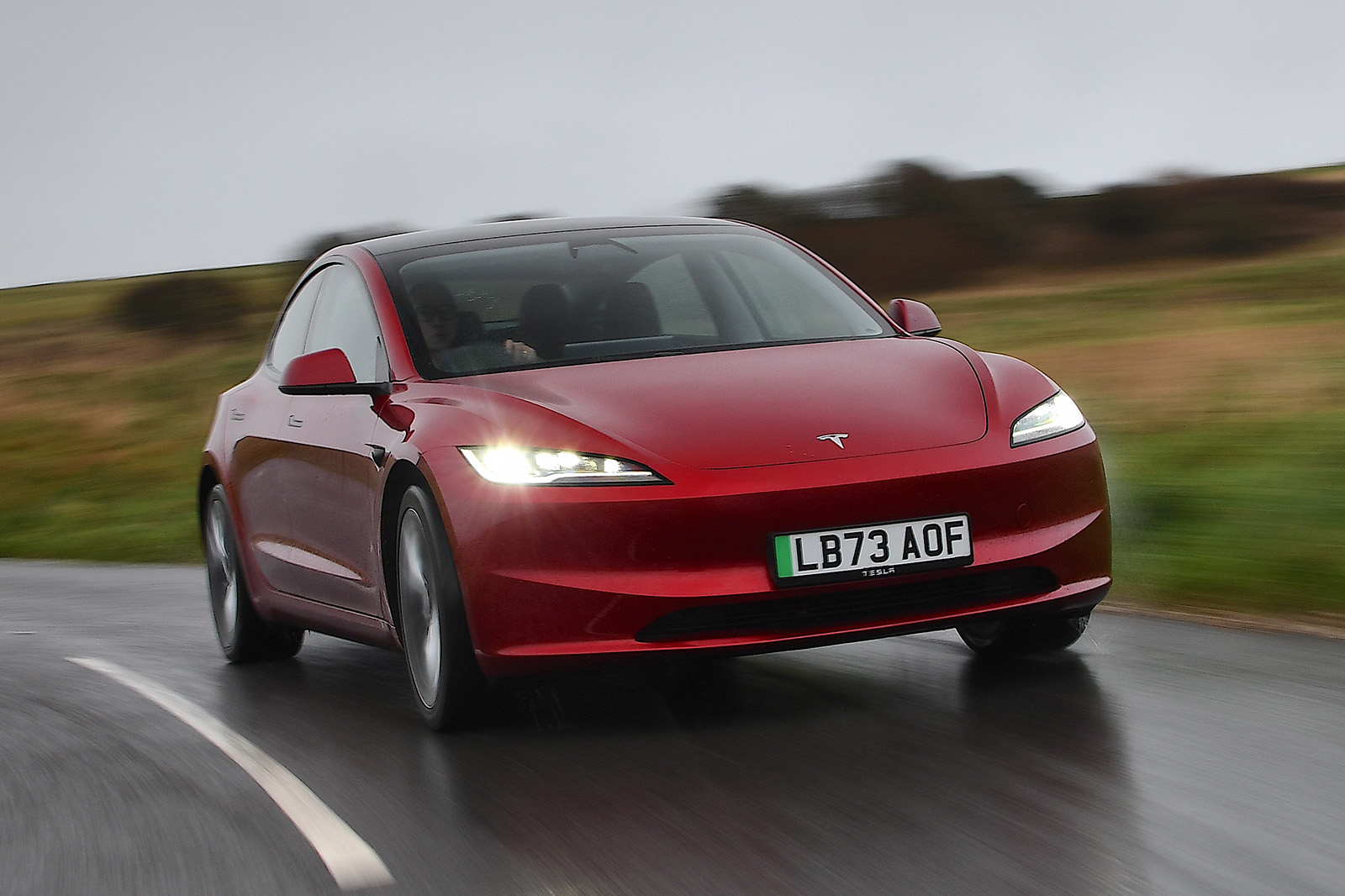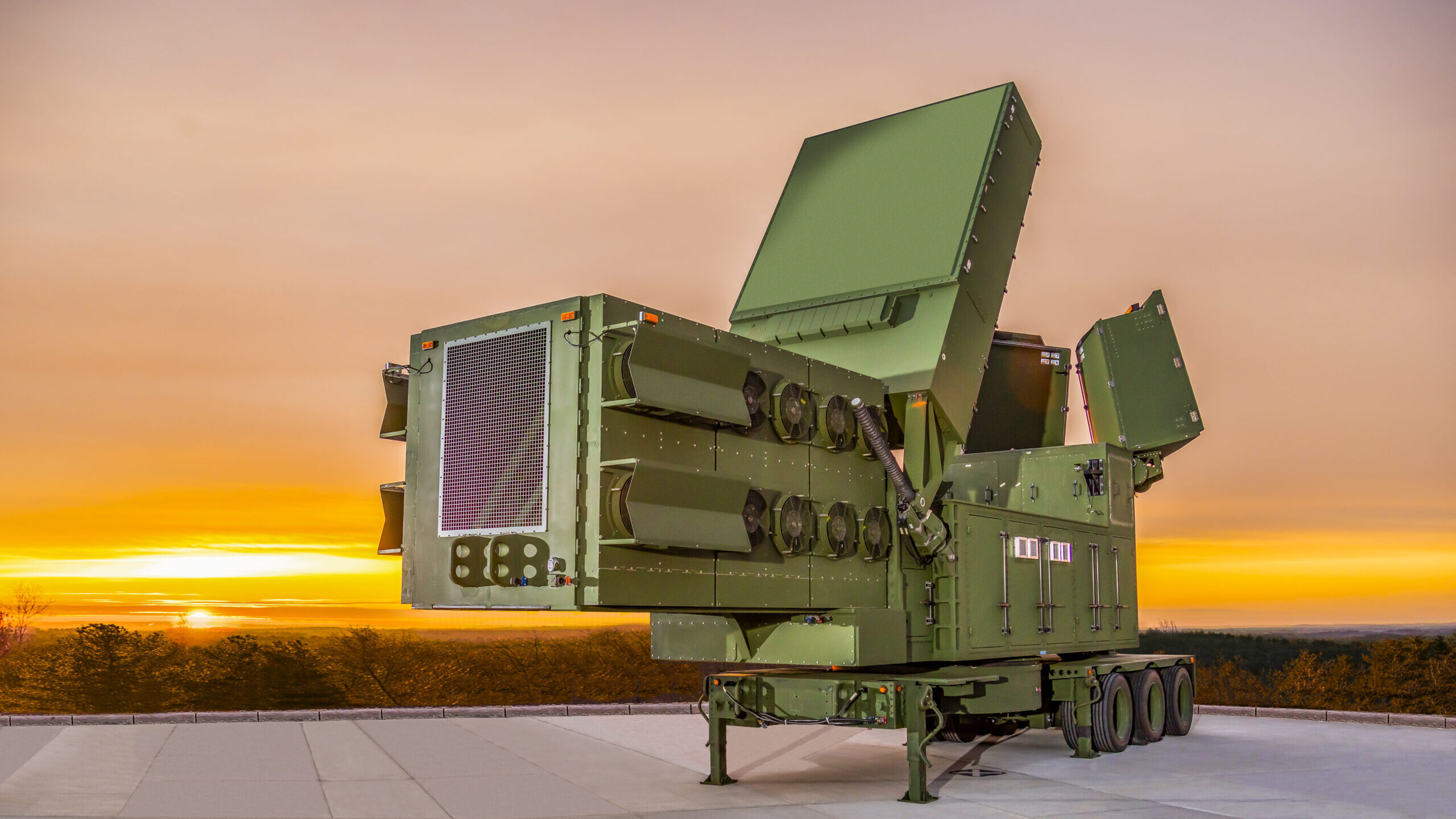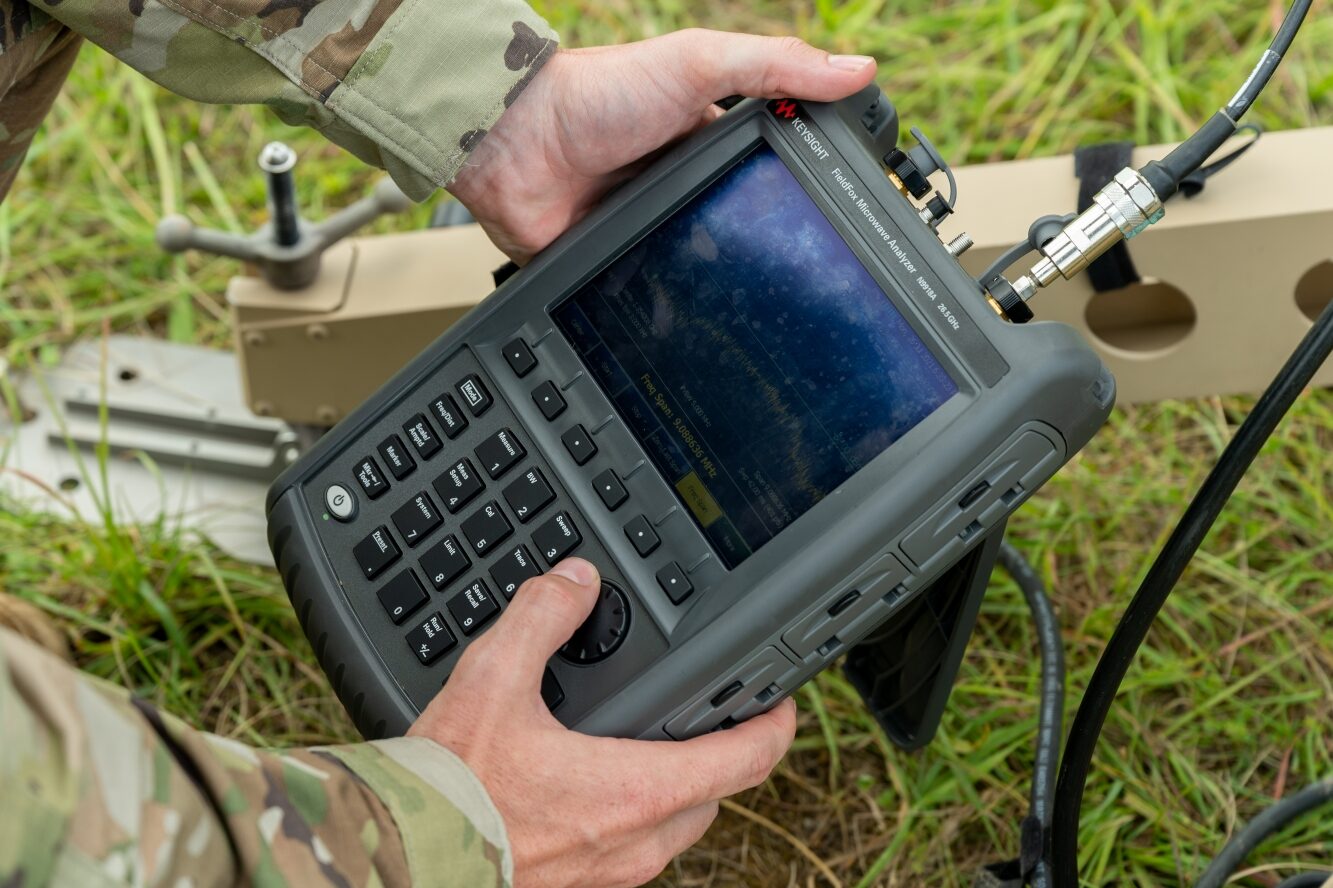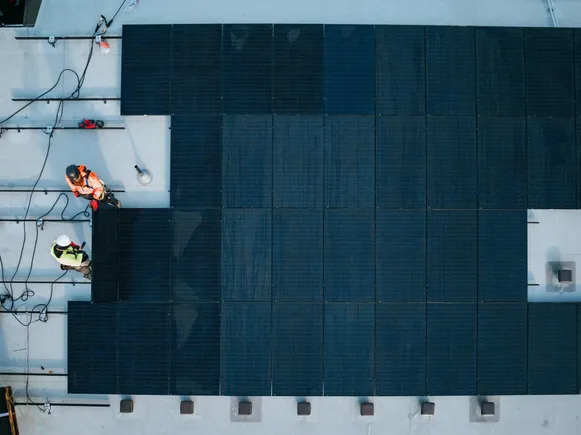Dynamically Stable Dipotassium Rhodizonate Interphase Enables NASICON‐Type Electrolyte Based Li‐FeF3 Conversion Batteries
Advanced Energy Materials, EarlyView.

A dynamically stable p-type semiconductor dipotassium rhodizonate K2C6O6 as interface buffer layer is proposed to enhance the endurance of Li-Li1.3Al0.3Ti1.7(PO4)3 interface. It enables the Schottky contact with Li metal, and endows the anode with dendrite-free Li plating and stripping during long-term cycling. The corresponding Li-FeF3 conversion batteries are driven with the release of high reversible capacity.
Abstract
Due to easy reduction of Ti4+ composition, Li1.3Al0.3Ti1.7(PO4)3 (LATP) electrolyte suffers from serious structure decomposition and texture degradation, hindering the development of LATP-based solid-state batteries. Herein, a dynamically stable p-type semiconductor dipotassium rhodizonate K2C6O6 (DKR) as interface buffer layer is proposed to enhance the endurance of Li-LATP interface. The DKR buffer layer with interlayer lubrication, electron blocking and Li-ion conduction abilities can be tightly attached to the LATP ceramic surface. It enables the Schottky contact with Li metal, and endows the anode interface with dynamically electrochemical stability, faster Li+ dissolution and migration rate, and better interfacial kinetics, leading to the dendrite-free Li plating and stripping during long-term cycling (over 1200 h). LATP-based Li-FeF3 conversion solid-state batteries are driven with the release of much higher reversible capacity (568.1 mAh·g−1) and the preservation of long lifepan (350 cycles). Without the wetting at cathode-electrolyte interface, a high-loading (3 mg·cm−2) FeF3 still delivers the high initial capacity of 545.4 mAh·g−1 and reversible capacity of 400 mAh·g−1. This dynamically stable buffer layer strategy provides a novel solution to the practical application of LATP-based solid-state batteries.































































































































































.jpg)








